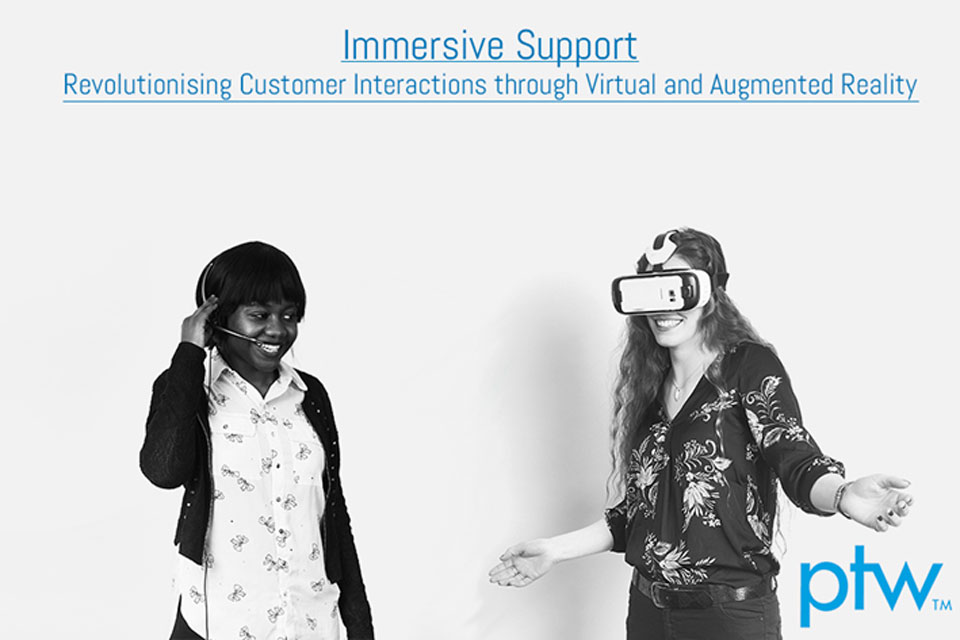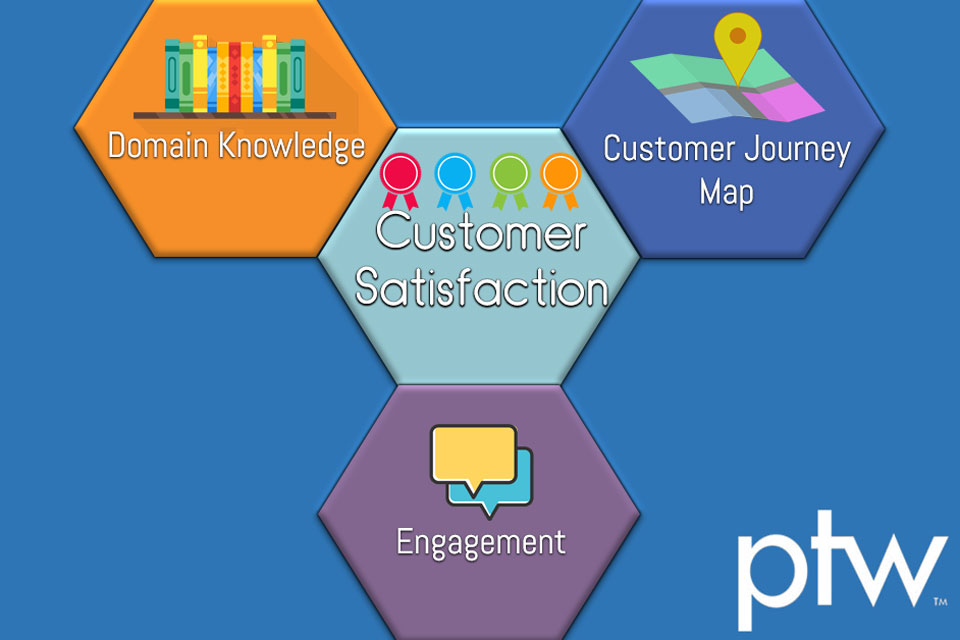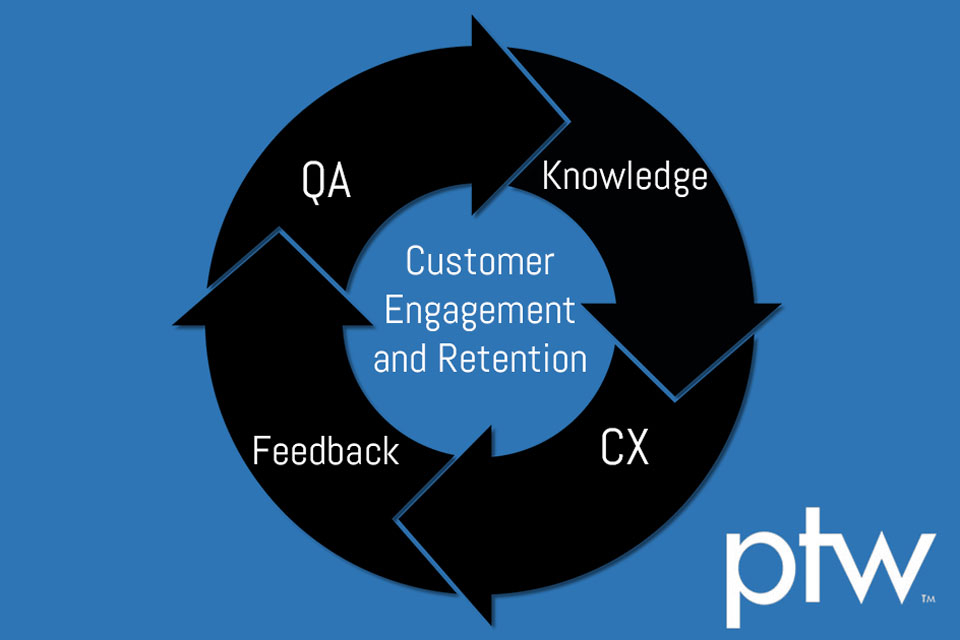GUEST BLOG: Immersive Support – Revolutionising customer interactions through Virtual and Augmented Reality
https://contactcentresummit.co.uk/wp-content/uploads/2018/04/Pole-To-Win-VR.jpg 960 640 Stuart O'Brien Stuart O'Brien https://secure.gravatar.com/avatar/9defd7b64b55280442ad2d7fb546a9db?s=96&d=mm&r=gBy Pole To Win
Immersive technologies like Augmented Reality (AR) and Virtual Reality (VR) are revolutionising many industries and the way we conduct our day-to-day lives.
With consumer uptake continuously rising, businesses are on the cusp of being able to assume that a significant proportion of their customers will have access to immersive tech capabilities. Companies should now be preparing for the many advantages this will bring. Much like the technology itself, there are a variety of options for businesses to consider especially when it comes to discussing immersive versus non-immersive customer experience.
Immersive support for non-immersive products
You’re a customer trying to get support for your brand new smart watch. You contact customer support and the first question they want to know is “Do you know the model and serial number?”. You’re stumped, everything is ruined and you’ll need to go back to using your old phone. But wait, the customer support representative asks you to turn on their smart watch company AR app and point your phone towards the watch. Now you can see an annotated outline of your watch to identify where the model and serial number are. Or perhaps the image is being streamed directly to customer support who can identify the model for you.
These kinds of immersive tools will allow customer support agents to see through the customers eyes, rather than just relying on descriptions provided by the customer that might be inaccurate or misinterpreted. This accuracy can dramatically reduce customer frustration and shorten average handle times, resulting in a huge win for both sides of the interaction.
Immersive support for immersive products
Immersive support will allow some of the most personal customer support interactions ever, transcending existing audio-visual capabilities. Instead of telling your customer instructions over the phone, it will now be possible to “meet” them in simulated 3D spaces and see their issue as they do.
Not only will this put a “face” to customer support – albeit an avatar in some platforms – to help humanise agents to customers, they can interact with them in far more meaningful ways than were previously possible.
Video game equivalents to this method have existed for some time. For a long time in many popular online games, it has been possible to contact a “GM” or Game Master; these customer support representatives conduct their service through the game itself. This kind of interaction can be extremely valuable as it is “in-product”, and removes the requirement for your customer to leave the environment or experience to contact support. Immersion is a critical factor so ensuring that your customers can stay immersed, while contacting your agents, will increase their enjoyment and reduce frustration.
Non-Immersive support for immersive products
Immersive products don’t always need an immersed agent. In a classic customer support situation, if a customer is using a VR/AR headset and they are seeing issues with the way text is being displayed, the agent would ask the customer to describe the issue as best they can and would then try to identify the problem. Now, however, the customer support agent instead simply streams the customer’s in-vision view and sees the problem for themselves, removing any guess work.
A Customer Support Revolution?
If your favourite movie won’t play in your VR cinema app but instead of exiting the immersive experience you can summon a customer support representative to fix the issue for you, in-app and right there in the experience, it is reasonable to assume this will decrease the likelihood of you choosing to disengage with the experience. Engaging users in their own space, where they feel comfortable and relaxed, is poised to revolutionise customer support in immersive environments and will significantly change how the average customer views support.
Within each of these support options are a host of new and rapidly evolving methods and techniques that are only possible with immersive technologies. While still early days, the flexibility that VR and AR can and will continue to provide to customer support solutions indicates the emergence of not just a new channel, but of a wider cultural change and shifting of customer expectations that all businesses must keep up with today, and stay ahead of tomorrow.




